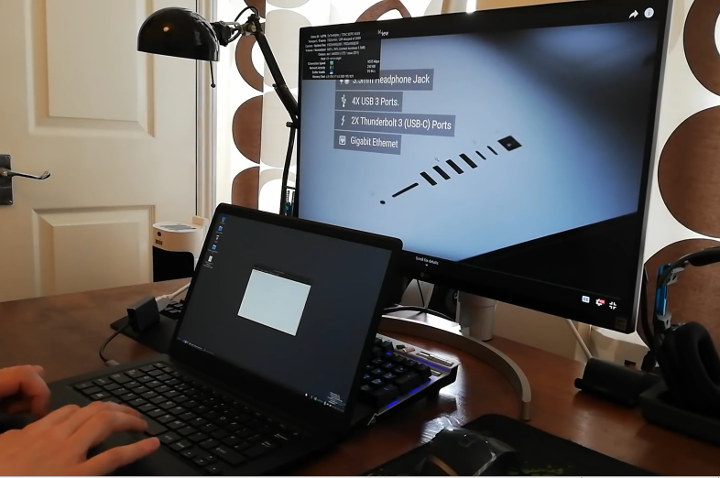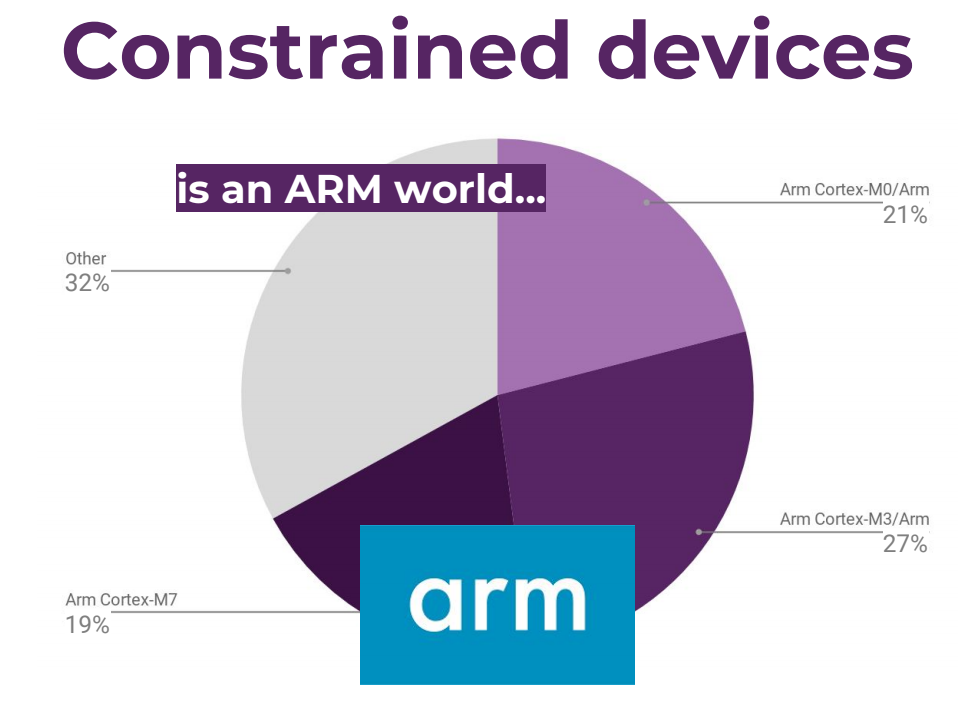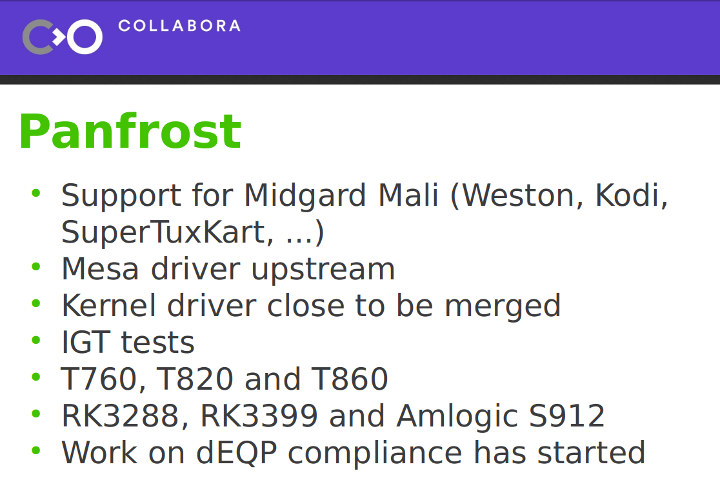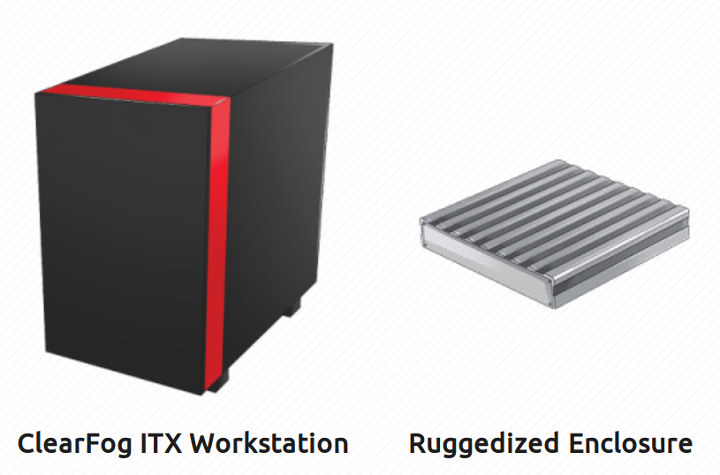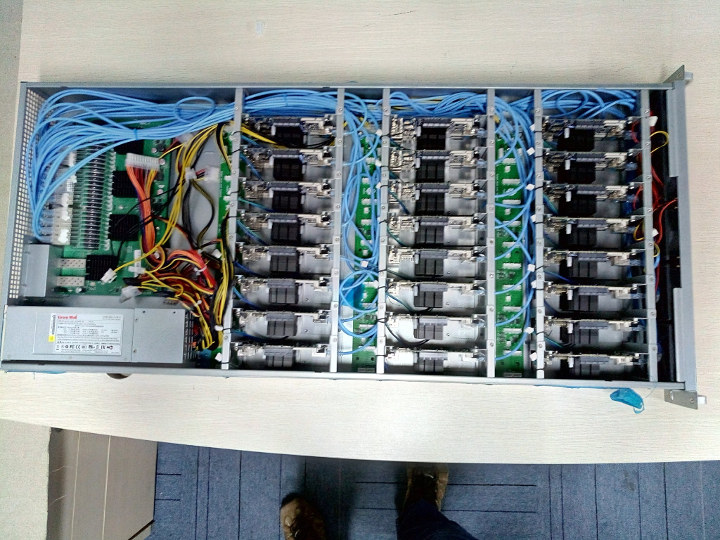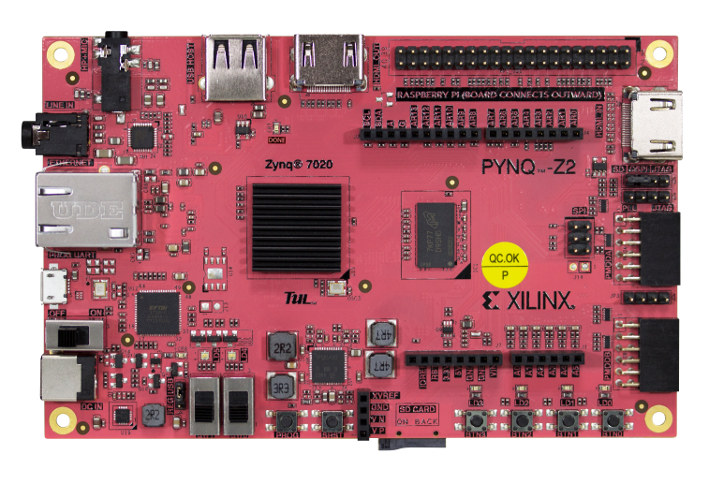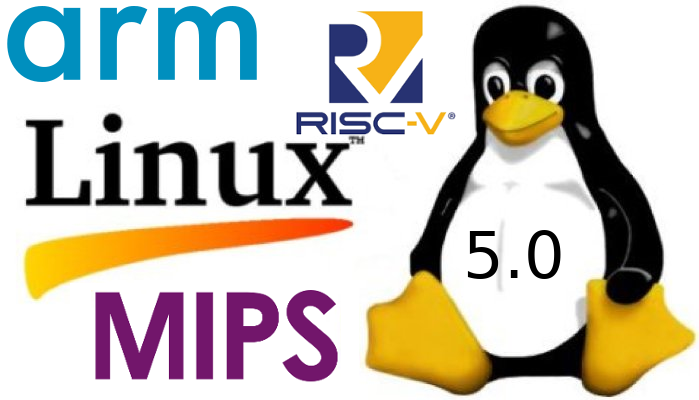Pine64 first revealed working on Pinebook Pro Arm Linux laptop at FOSDEM 2019 back at the end of January. The first Pinebook laptop had limited hardware resources, and as such was meant for simple tasks, but Pinebook Pro equipped with Rockchip RK3399 processor, 4GB RAM, 64GB to 128GB flash, and a 14″ Full HD display is designed to be used as your main laptop. That means everything needs to work from 3D graphics acceleration, to hardware video decoding, and USB-C video output. Lukasz Erecinski very recently shot a demo of the laptop in action, and everything looks very good, meaning the laptop should be come available soon. You can watch the demo further below, but if you are in a rush here’s what has been tested and works: Ubuntu & Debian with MATE desktop 4K video playback 3D graphics acceleration for games (Quake demo) 3D graphics acceleration in Chromium web […]
Qualcomm Centriq ArmServer SoCs Are Truly Dead with the Closure of HuaXinTong
We already knew Qualcomm had given up on their Centriq processor since mid June 2018, but earlier this year, it seemed the solution had found a new life with HuaXinTong StarDragon 4800 Server SoC born out of a joint venture between Qualcomm and Guizhou provincial government. The processor was allegedly a customized version of the original Centriq 2460 48-core Arm SoC. But recent reports point out that 10 employees from HuaXinTong Semiconductor (aka HXT) have claimed the joint venture is closing down with executives at the company said the venture would shut down by April 30 in an internal meeting. HXT representatives declined to comment on the rumor. The Arm server market is really brutal. Qualcomm and Guizhou government had invested a combined $570 million in HXT as of August 2018 according to company’s fillings. Broadcom and AMD gave up one Arm server chips a little while ago. AFAIK, this […]
Eclipse IoT Survey Report Reveals Arm & Linux Dominate, Security Concerns
The Eclipse IoT Working Group has just released a report asking the global IoT developer community to share their perceptions, requirements, and priorities. And with over 1,700 individuals taking the survey between February and March 2019, the key findings are interesting: IoT drives real-world, commercial outcomes today. 65% of respondents are currently working on IoT projects professionally or will be in the next 18 months. IoT developers mostly use C, C++, Java, JavaScript, and Python AWS, Azure, and GCP are the leading IoT cloud platforms Top three industry focus areas remain the same as last year: IoT Platforms, Home Automation, and Industrial Automation / IIoT. MQTT remains the dominant IoT communication protocol leveraged by developers The Eclipse Desktop IDE is the leading IDE for building IoT applications The last point may be slightly biased because the survey was done by the Eclipse IoT Working Group, so most respondents were already […]
Panfrost is an Open Source Driver for Arm Mali Midgard GPUs
Getting GPU drivers to work on Linux with Arm SoCs was really a struggle a few years ago due to close-sources binary blobs that required all bugs to be fixed by a single team. But in recent years we’ve seen good progress with open source mobile GPU drivers including Freedreno for Adreno GPUs, and Etnaviv for Vivante GPUs. Arm Mali also got its own open source Lima driver worked on for many years but only for older Utgard GPUs (Mali 400, Mali 450). However, during the Opensource GPU Drivers BoF at Linaro Connect Bangkok 2019, Rob Herring, Technical Architect at Linaro and Tomeu Vizoso, Principal Software Engineer at Collabora, discuss the status of drivers, and I learned about an open source driver for Mali Midgard (Mali-T6xx, Mali-T7xx) GPU called Panfrost. As we’ll see below, the driver is already capable of running basic demos, has been upstreamed to Mesa, and tested […]
ClearFog ITX Workstation May be the Ultimate Arm Developer Platform
Most people are still doing Arm development work on x86 platforms, because there aren’t really any viable equivalent in the Arm world. Current options include Edge Server SynQuacer E-Series (aka Linaro Developer Box), a $1,250 Arm PC shipping with a 24-core Arm Cortex-A53 processor, 4GB RAM (by default), a 1TB hard drive, and Geforce GT710 graphics cards, as well as the much more powerful GIGABYTE ThunderXStation workstation with up to two Cavium ThunderX 32-core Armv8 processors, 32GB to 128GB RAM configuration, NVMe storage, and more. The former was a good place to get started, but the Arm Cortex-A53 cores clicked at 1GHz provided limited performance, and the GIGAGYTE workstation costs over $12,000, so it’s only suitable for projects with specific needs and/or a high expected return on investment. That’s why there will be a discussion about Designing a next generation ARM Developer Platform at Linaro Connect 2019 next week in […]
PINE64 Plans to Move their Website on a 24-node RockPro64 Cluster
Boards’ clusters are always fun to see, and PINE64 has shared pictures of two RockPro64 clusters with respectively 48 and 24 boards neatly packed into partially custom enclosures. The 48-node cluster will feature a total of 288 cores, including 96 Arm Cortex-A72 cores and 188 Cortex-A53 cores, as well as 192GB of LPDDR4 RAM. Low cost development boards may be seen as toys by some, so it’s interesting to learn that PINE64 plans to move their complete website infrastructure including the main website, a community website, forums, wiki, and possibly IRC on the 24-node cluster, while it seems the 48-node cluster may be used for their build environment. The company has just completed the assembly of the clusters, and did not disclose the full technical details just yet. However, a progress report may be written in due time. Once the migration is done, and everything works as it should, it […]
PYNQ-Z2 Python FPGA Board Adds Raspberry Pi Header, 24-Bit Audio Codec
PYNQ-Z1 is a board by Digilent powered by Xilinx Zynq-7020 Arm Cortex-A9 + FPGA SoC that’s designed specifically for PYNQ, an open-source project that aims to ease the design of embedded systems with Xilinx Zynq Systems on Chips (SoCs) by leveraging the Python language and libraries. PYNQ-Z2 is very similar to PYNQ-Z1, but it’s made by Taiwanese company TUL, and the board is slightly longer to allow for an extra 40-pin Raspberry Pi compatible header, and Analog Devices ADAU1761 24-bit audio codec. PYNQ-Z2 board specifications: SoC – Xilinx Zynq-7020 (XC7Z020-1CLG400C) dual core Arm Cortex-A9 processor @ 650 MHz with FPGA with 13,300 logic slices, each with four 6-input LUTs and 8 flip-flops System Memory – 512MB DDR3 Storage – Micro SD card slot, 16MB QSPI Flash with factory programmed globally unique identifier (48-bit EUI-48/64 compatible). Video – HDMI In and HDMI Out Audio – Mic in, Line Out ADAU1761 codec […]
Linux 5.0 Release – Main Changes, Arm, MIPS & RISC-V Architectures
Linus Torvalds has just released Linux 5.0: Ok, so the last week of the 5.0 release wasn’t entirely quiet, but it’s a lot smaller than rc8 was, and on the whole I’m happy that I delayed a week and did an rc8. It turns out that the actual patch that I talked about in the rc8 release wasn’t the worrisome bug I had thought: yes, we had an uninitialized variable, but the reason we hadn’t immediately noticed it due to a warning was that the way gcc works, the compiler had basically initialized it for us to the right value. So the same thing that caused not the lack of warning, also effectively meant that the fix was a no-op in practice. But hey, we had other bug fixes come in that actually did matter, and the uninitialized variable _could_ have been a problem with another compiler. Regardless – all […]


